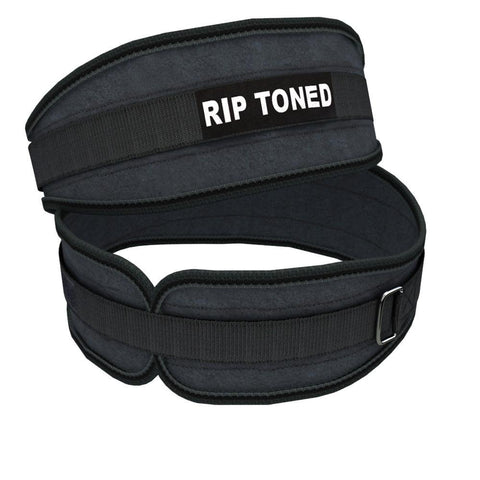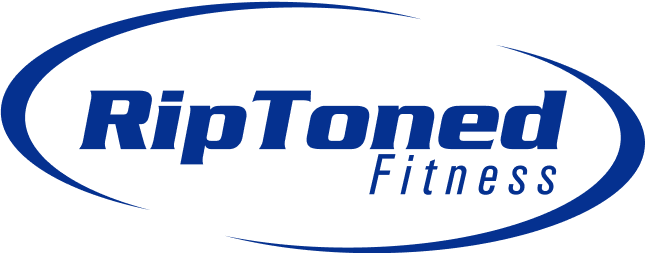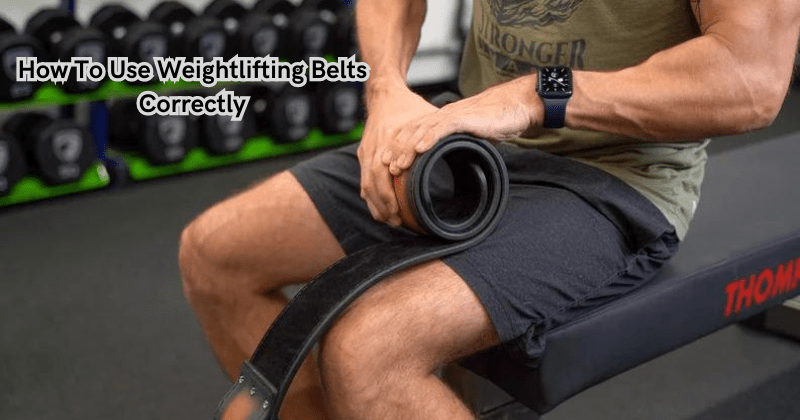Weightlifting belts have become an essential equipment for many athletes and gym-goers. They provide support to the core, allowing you to lift heavier weights without compromising your form. However, using a weightlifting belt incorrectly can do more harm than good.
In this guide, we will discuss how to use weightlifting belts correctly to maximize their benefits and minimize any potential risks. We will cover the different types of weightlifting belts when to wear them, how to properly wear them, and common mistakes to avoid. By the end of this guide, you will have a better understanding of weightlifting belts and be able to use them safely and effectively.
Types of Weightlifting Belts
There are several types of weightlifting belts available on the market, each with its unique features and benefits. The most common types include leather, nylon, and velcro belts.
Leather belts are typically made from high-quality cowhide leather and can range in thickness from 10mm to 13mm. They are known for providing excellent support to the core and back, making them a popular choice for powerlifters and strongman athletes. However, they can be quite stiff and require some breaking in before becoming comfortable to wear.
Nylon belts are made from a durable nylon material and offer more flexibility compared to leather belts. They are usually 8mm thick and provide good support while allowing for a range of motion during lifts. These belts are a popular choice for weightlifters and cross-trainers.
Velcro belts, also known as quick-release belts, are made from nylon and velcro. They offer the most flexibility among all three types of weightlifting belts and can easily be adjusted to fit different body types. These belts are often used by athletes who require a high level of mobility during their workouts, such as Olympic weightlifters and gymnasts.
No matter which type of weightlifting belt you choose, it's important to make sure it fits securely around your waist and provides support to your core muscles.
When To Wear a Weightlifting Belt
Weightlifting belts are designed to be worn during heavy lifting exercises that put a lot of strain on the core muscles. These include squats, deadlifts, and overhead presses. As a general rule, if you can lift more than 85% of your one-rep max (1RM), then you should consider using a weightlifting belt.
It's also important to note that weightlifting belts should not be worn for every exercise. They are meant to be used as a tool for heavy lifts, not as a crutch for every lift. Wearing a weightlifting belt too often can actually weaken your core muscles and lead to overdependence on the belt.
How To Wear a Weight lifting Belt Correctly
When wearing a weightlifting belt, it's important to make sure it is positioned correctly to provide proper support. Here are some steps to follow when putting on a weightlifting belt:
- Start by placing the belt around your waist: Make sure the belt is centered on your lower back, just above your hips.
- Tighten the belt: Use the buckle or velcro strap to tighten the belt snugly around your waist. It should be tight enough that you can still breathe comfortably but not so loose that it moves around during your lift.
- Check the placement of the belt: The belt should be positioned slightly above your pelvic bone, not on your stomach or lower back.
- Engage your core muscles: Before beginning your lift, take a deep breath and brace your core muscles while pushing them against the belt. This will help increase intra-abdominal pressure and provide support to your spine.
- Release the breath during the lift: As you lift the weight, exhale slowly and steadily. Do not hold your breath, as this can increase blood pressure and cause dizziness.
- Remove the belt after your lift: After completing your set, loosen the belt and remove it to allow for proper blood flow and recovery.
Common Mistakes To Avoid
When using a weightlifting belt, there are some common mistakes that many people make. These can lead to injury and negate the benefits of wearing a belt. Here are three mistakes to avoid:
- Wearing the belt too high or too low: As mentioned earlier, the weightlifting belt should be positioned just above your hips, not on your stomach or lower back. Wearing it incorrectly can put unnecessary strain on these areas and decrease its effectiveness.
- Not breathing properly during lifts: It's essential to take deep breaths and engage your core muscles while wearing a weightlifting belt. This helps to stabilize your spine and prevent injury. Holding your breath or not breathing properly can lead to dizziness, fainting, and other health issues.
- Wearing the belt for every exercise: As previously stated, weightlifting belts should only be worn for heavy lifts. Wearing it for every exercise can weaken your core muscles and cause overreliance on the belt. Make sure to use it as a tool, not a crutch.
By avoiding these common mistakes and following the guidelines outlined in this guide, you can safely and effectively use a weightlifting belt to improve your performance in the gym.
How To Choose the Right Weightlifting Belt for You
When choosing a weightlifting belt, there are a few factors to consider. First, determine what type of lifting you will primarily be doing and choose a belt that is best suited for that activity. Additionally, make sure the belt is the correct size for your body.
To find the right size, measure your waist at the navel and choose a belt approximately 4 inches smaller. This slight compression helps to engage your core muscles and provide support. It's also important to choose a belt with good quality construction and materials, as it will be subjected to heavy wear during lifting.
Lastly, consider the thickness of the belt. Thicker belts offer more support but can also limit mobility. If you are a powerlifter or strongman, a thicker belt may be more suitable. For weightlifters and cross trainers who require more flexibility, a thinner belt may be a better option.
Should You Wear a Weightlifting Belt?
The answer to this question ultimately depends on the individual and their lifting goals. If you are an experienced lifter who regularly performs heavy compound lifts, then a weightlifting belt can be a beneficial tool to help increase your stability and performance.
However, if you are new to weightlifting or primarily focus on lighter weights and isolation exercises, a weightlifting belt may not be necessary. Instead, it's important to focus on proper form and technique before considering the use of a belt.
It's also important to listen to your body when wearing weightlifting belts. If you experience any discomfort or feel that the belt is hindering your performance, it may be best to remove it or adjust it accordingly.
FAQs
When is the right time to start using a weight-lifting belt in my training?
The right time to incorporate a weight lifting belt into your training is when you begin lifting heavier weights that challenge your core stability and when you have already developed a solid foundation of proper lifting technique. A weight belt should not be used as a crutch for poor form but as a tool to enhance intra-abdominal pressure and support your lower back during high-intensity lifts.
How do I choose between a leather and a nylon weight belt?
Choosing between a leather and a nylon weight belt depends on your lifting preferences and the type of exercise you perform. Leather belts, with their rigidity and durability, are ideal for heavy powerlifting movements like squats and deadlifts. Nylon belts offer more flexibility and comfort, making them suitable for dynamic movements or for those who find the rigidity of leather belts uncomfortable. Consider your lifting style and personal comfort when making a choice.
What's the proper way to wear weightlifting belts to maximize their effectiveness?
To wear weightlifting belts correctly and maximize effectiveness, position the belt around your waist, snugly above the hips and below the ribcage. Ensure it's tight enough to provide substantial support without hindering your breathing or movement. The belt should feel like it’s creating a wall for your abdominal muscles to push against during heavy lifts, enhancing core stability and reducing stress on the lower back.
Why are lever belts considered advantageous by many lifters?
Lever belts are favored by many lifters due to the convenience and consistency they offer. The lever closure system allows quick and easy adjustments between lifts, ensuring the belt is precisely tightened to the same level each time. This is particularly beneficial in training scenarios where time efficiency and consistent support are crucial. Lever belts provide a secure fit that can enhance performance and safety during heavy lifting sessions.
Conclusion
Weightlifting belts can be a useful tool for heavy lifts, but it's important to use them correctly and not rely on them too heavily. Remember to choose the right size and type of belt for your body and lifting goals, and always listen to your body when wearing one.
If you are unsure about whether or not to wear a lifting belt, consult with a trainer or experienced lifter for guidance. With proper use and consideration, a weightlifting belt can help improve your performance and keep you safe in the gym. So go ahead and lift heavy, but always prioritize safety and form first.


